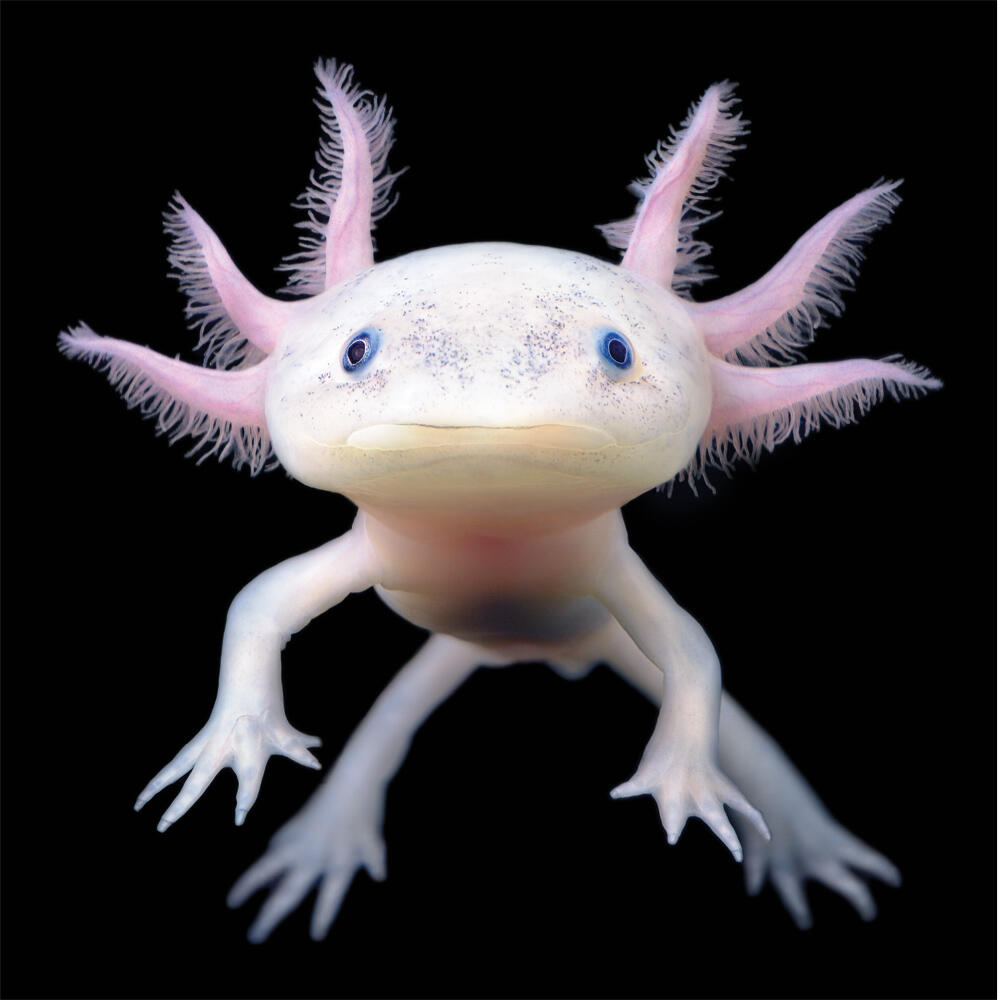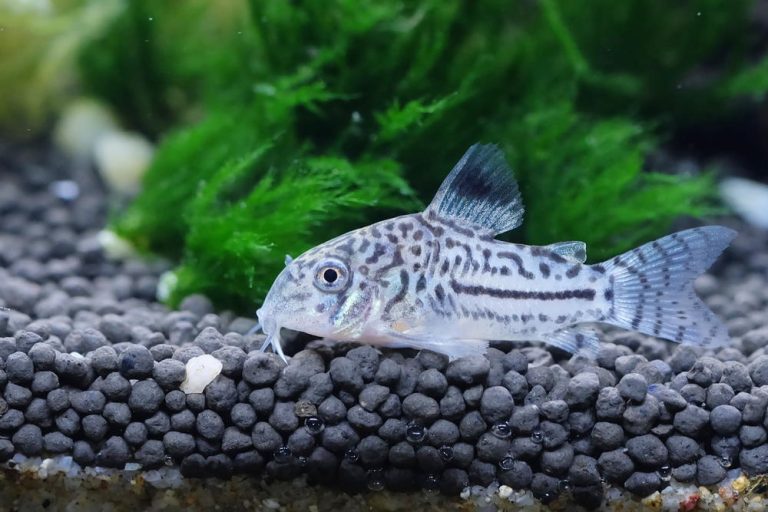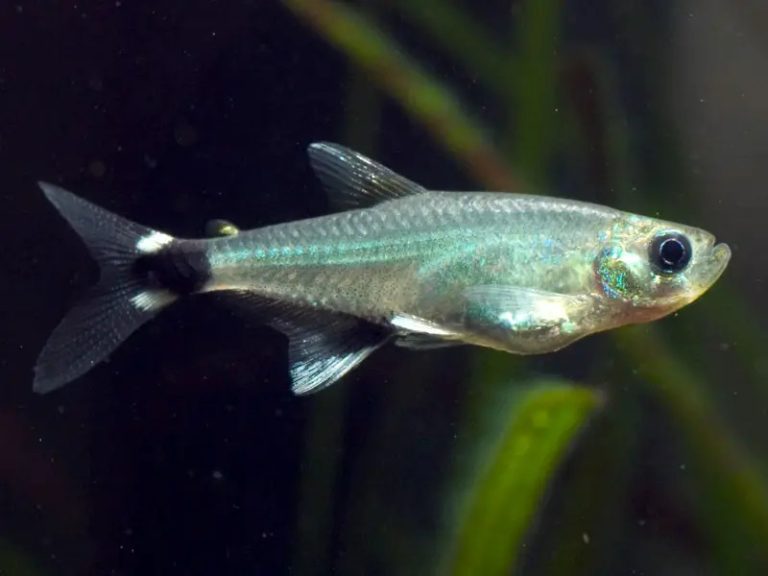Axolotl
The axolotl, sometimes referred to as the “Mexican walking fish”, is actually an amphibian and not a fish. They are known for their unique appearance and their regenerative abilities. Caring for axolotls can be both rewarding and fun if done correctly. Here’s a comprehensive guide to axolotl care:
Axolotl Fish Species Summary:
| Scientific Name: | Ambystoma mexicanum |
| Origin: | Freshwater lakes of Xochimilco and Chalco in Mexico City |
| Diet: | Carnivore (Feeds primarily on worms, small fish, and crustaceans) |
| Behavior: | Mostly peaceful |
| Behavior Towards Their Own Species: | Can be territorial, especially during breeding. Adequate hiding spots and space are essential. |
| Swimming Zone: | Bottom |
| Water Temperature: | 15 – 20 °C |
| Water Hardness: | 6 – 8 GH |
| pH Level: | 7.4 – 7.8 |
| Minimum Aquarium Volume: | 80 Liters for one, but bigger is better especially if keeping multiple axolotls |
| Adult Size: | 15 – 30 cm |
| Reproduction: | Oviparous – They lay eggs which attach to underwater surfaces. |
| Lifespan: | 10 – 15 years with proper care |
| Care: | Moderate, requires cold water, regular cleaning, and avoids strong water currents. |
1. Tank Setup
- Tank Size: A minimum of a 20-gallon tank is recommended for one axolotl, with an additional 10 gallons for each additional axolotl.
- Substrate: Fine sand is ideal, as gravel can be ingested and cause impactions. Bare bottoms or large river rocks can also be used.
- Filtration: Gentle filtration is needed. Axolotls don’t like strong currents. Sponge filters or hang-on-back filters with a low flow are suitable.
- Temperature: Keep the water cool, between 60-68°F (15-20°C). Axolotls are cold-water animals and can become stressed in warm water. You may need a chiller during hot months.
- Lighting: Axolotls do not require special lighting. In fact, they prefer low light conditions. If your tank is in a bright area, provide some shaded spots.
- Decor: Provide hiding spots using PVC pipes, plants, or caves. However, ensure any decorations don’t have sharp edges.

2. Food
- Diet: Axolotls are carnivorous. They can be fed a variety of foods:
- Earthworms (Nightcrawlers): A staple diet for many adult axolotls.
- Axolotl pellets: Specially formulated for axolotls.
- Bloodworms: Great for juveniles but not nutritionally complete for adults.
- Daphnia, brine shrimp, or small crustaceans can be given occasionally.
- Feeding Frequency: Feed juveniles daily and adults 2-3 times a week.
3. Lifespan
- With proper care, axolotls can live up to 10-15 years.
4. Handling and Behavior
- Axolotls are mostly display pets and should not be handled often. Their skin is sensitive and can be easily damaged.
- They might appear still or inactive during the day, as they are more active at dusk or dawn.
5. Health and Illness
- Keep an eye out for signs of stress such as refusal to eat, curved tail tip, or forward-bending gills.
- Common health issues include fungal infections, which manifest as white fluffy patches, and physical injuries, which, while they can regenerate, should still be treated to prevent infection.
- If your axolotl ingests gravel or appears bloated, it could have an impaction, which is a serious condition.

6. Tank Mates
- Axolotls are best kept with other axolotls of similar size. They might nip at or eat smaller axolotls.
- Avoid putting fish with axolotls as the fish might nibble on the axolotl’s gills.
7. Breeding
- Axolotls can breed from about 18 months of age.
- They lay eggs which will stick to surfaces. These can be moved to a separate tank for hatching and rearing.
Axolotls are fascinating creatures that require specific care. With the right environment and diet, they can be a rewarding pet to keep. As always, ongoing research and engagement with axolotl communities or experts can help ensure you’re providing the best care for your pet.







